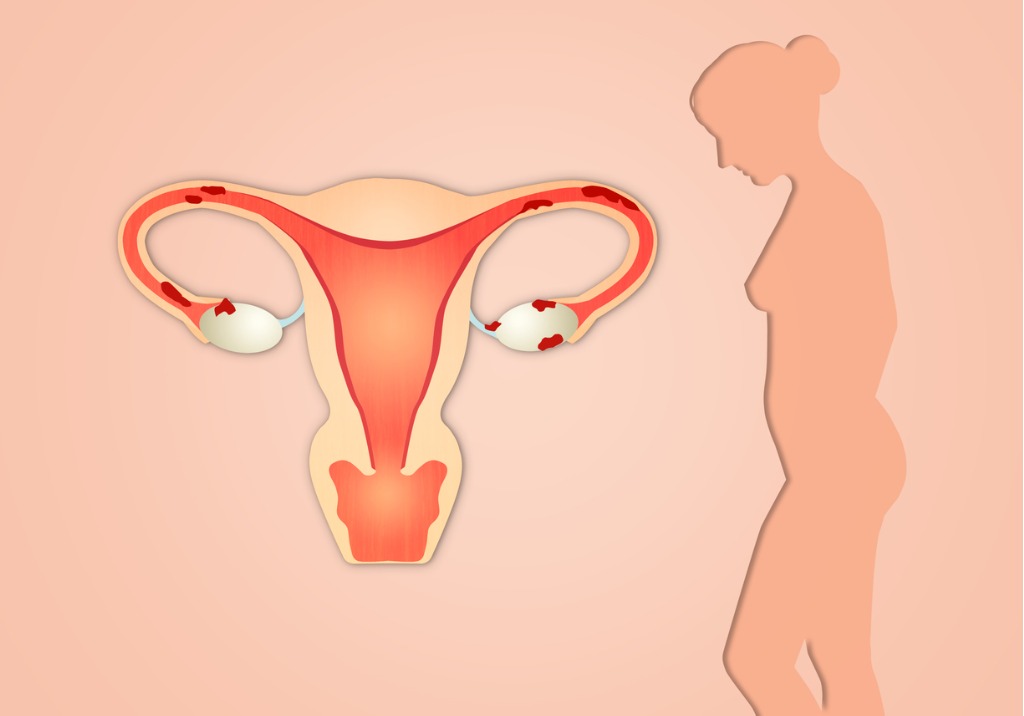Table of contents
What is Endometriosis?
Endometriosis is a complex disorder characterized by the growth of endometrial-like tissue (the tissue that usually lines the uterus) in locations outside the uterine cavity. This misplaced tissue behaves similarly to the endometrium, thickening, breaking down, and bleeding with each menstrual cycle. However, unlike the endometrium, which is expelled during menstruation, the displaced endometrial tissue cannot exit the body, leading to inflammation, scarring, and the formation of adhesions.
Understanding Adhesions
Adhesions are fibrous bands of scar tissue that form abnormal connections between typically separate organs or tissues. Although they can form anywhere in the body, they are most frequently found in the pelvic area when endometriosis is present, binding organs like the uterus, fallopian tubes, ovaries, and intestines.
Causes of Adhesions in Endometriosis
One major contributing factor to the formation of adhesions in the pelvic cavity is endometriosis. Adhesions may occur as a result of the inflammatory process that endometriotic lesions cause via the following mechanisms:
- Bleeding and Inflammation: Endometriotic lesions have the potential to bleed during menstruation, which can trigger an inflammatory reaction in the tissues around them. Scar tissue that forms due to this inflammation may stick to adjacent organs or tissues.
- Surgical Interventions: Endometriosis patients frequently require surgery to manage related problems or remove endometriotic lesions. Certain surgical treatments can unintentionally cause adhesions to form while the body repairs itself.
- Endometriotic Implants: There is a chance that endometriotic implants will encourage the formation of adhesions. As the implants grow and mature, they may adhere to the surrounding tissues, creating fibrous bands that keep organs together.
Differentiating Between Adhesion Pain and Endometriosis Pain
Adhesions and endometriosis are comparable conditions that frequently coexist. However, there may be some distinctions. The inflammatory process that takes place inside the endometriotic lesions itself is directly related to endometriosis discomfort. Adhesion discomfort, on the other hand, results from the binding and restricted movement of organs because of the scar tissue’s fibrous bands.
Effect on Life Quality
Endometriosis and adhesions both severely impair a woman’s quality of life and are frequently linked to infertility, chronic pelvic discomfort, and other issues. Adhesions can cause organ displacement, intestinal blockages, and disturbances to normal physiological functioning, all of which can worsen the symptoms of endometriosis. They may also make endometriosis surgeries more difficult since they may mask endometriotic lesions and complicate surgical procedures.
Diagnosis and Treatment
Diagnosing Endometriosis Adhesions
It can be difficult to diagnose adhesions linked to endometriosis. Although laparoscopic or open surgery is frequently necessary for a conclusive diagnosis, adhesions may be better understood by using imaging methods like magnetic resonance imaging (MRI) and ultrasound.
The surgeon can visually evaluate the pelvic cavity during a laparoscopic operation to check for adhesions. Adhesions can manifest as thin, filmy, transparent bands or as thick, dense, opaque structures, depending on the severity of the condition.
Treatment Approaches
Adhesions in endometriosis are usually treated with a mix of surgical and pharmaceutical procedures:
- If adhesions are severe and substantially reduce a patient’s quality of life, surgery may be necessary to remove them. This can be accomplished via laparoscopic surgery, depending on the degree and location of the adhesions. Carefully separating the adhesions from the afflicted organs during the surgical operation minimizes stress and stops new adhesion formation. Because they lower the chance of new adhesion creation than open treatments, minimally invasive techniques like laparoscopic surgery are frequently chosen.
- Treatment for Endometriosis: To stop adhesions from recurring, the underlying endometriosis must be addressed. Hormonal therapy is one option for treating endometriosis; it suppresses hormones, reduces inflammation, and treats symptoms. To eliminate the cause of inflammation and lower the chance of adhesion formation, it may occasionally be advised to remove or ablate endometriotic lesions.
It is crucial to remember that the course of therapy should be customized to the needs of each patient, taking into account the degree of adhesions, the severity of endometriosis, and any possible effects on quality of life and fertility.
Endometriosis and Adhesions: A Complex Interaction
Although endometriosis and adhesions are distinct conditions, they frequently coexist and have complex interactions. While endometriosis can result in tissue damage and inflammation that can contribute to the formation of adhesions, adhesions can exacerbate the symptoms of endometriosis and complicate surgical operations.
To manage the associated discomfort, preserve fertility, and improve overall quality of life, women with endometriosis and adhesions require a correct diagnosis and treatment plan. Medical experts can develop comprehensive therapeutic methods tailored to the patient’s needs by understanding these two conditions’ relationships.
Conclusion:
Two distinct illnesses that can have a major effect on a person’s health and quality of life are adhesion and endometriosis. In cases of endometriosis, endometrial-like tissue proliferates extraordinarily, resulting in fibrous scar tissue that may unintentionally stick to other organs. Prolonged pelvic pain; organ displacement; and surgical complications can arise from adhesion formation caused by endometriosis-induced inflammation. For many disorders, selecting the best therapy requires a precise diagnosis and an effective treatment plan that may involve medication and surgery. Knowing the connection between adhesions and endometriosis enables medical professionals to treat patients with greater specialization and comprehensive care, improving their overall health and well-being.




